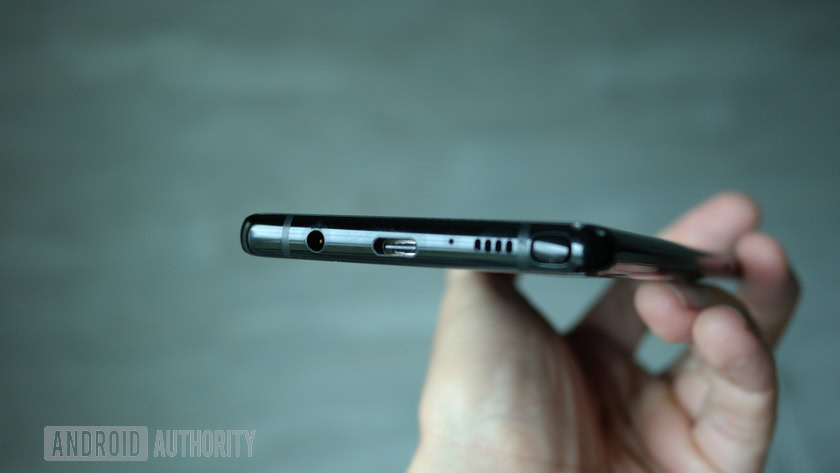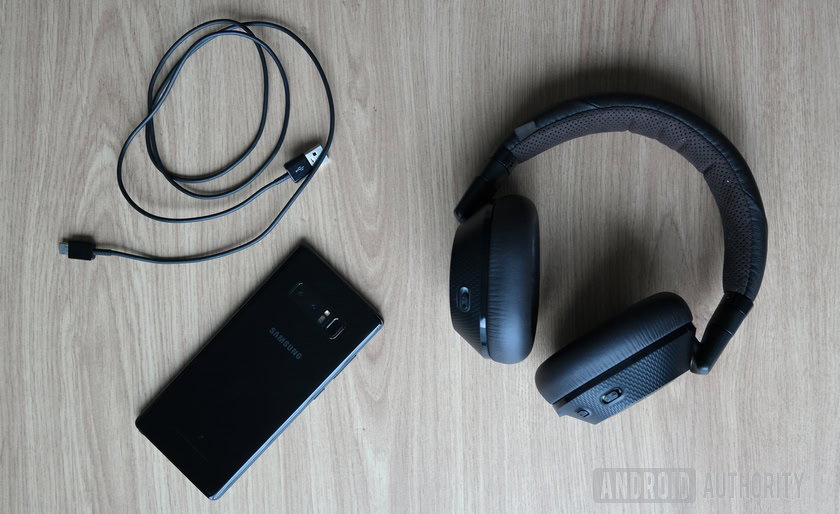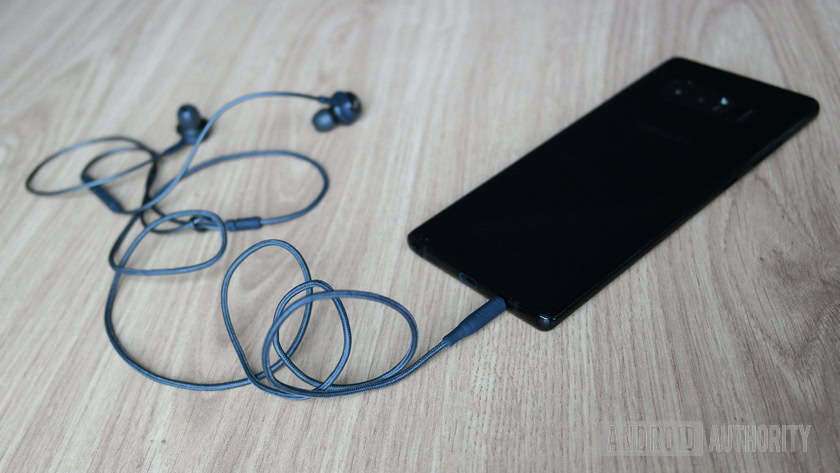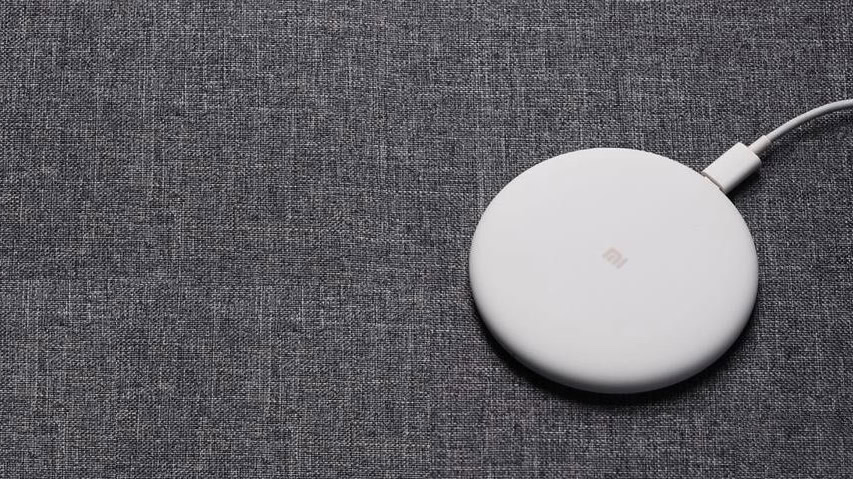Affiliate links on Android Authority may earn us a commission. Learn more.
Apple wants phones without ports, so you better get used to the idea

A recent Bloomberg article said Apple hopes to remove most of the external ports and buttons on upcoming iPhones brought with it a large sense of deja vu. Like headphone jacks and notches, if Apple removes ports it surely won’t be long before Android manufacturers follow suit.
Apple’s design decisions often have consequences in the Android world. Its got a huge customer base and high brand awareness. People want what Apple’s selling, even if they don’t specifically want a device from Apple. That alone is often enough to make OEMs get onboard.
A portless future may not even be far off, as the article said that Apple had considered removing the USB port on the iPhone X that was released last year.
Much like when Bluetooth replaced wired headphones, wireless charging has existed alongside wired charging for years now. Many people will likely wonder why it can’t stay this way, with customers getting the benefit of both wireless and wired charging.
All we can hope is that the removal of ports is done properly, gradually, and, hopefully, better than the removal of the headphone jack.
Why have ports anyway?

At the end of last year, Android Authority‘s own Adam Doud wrote an article on what it would take to make a portless phone. Adam thought getting rid of pretty much all the ports on a device seemed possible, though he questioned whether it would be worth the hassle.
Phones have ports because they perform useful functions, not necessarily because they are needed. People like the speed of wired charging, and cables are cheap and more widespread. This makes wired charging convenient for much of the population, even if there is a portless alternative.
The same can be said for many of the other ports found on Android devices. The volume switch is there because it’s easy, not because it can’t be done with software. Meanwhile, the speakers on smartphones are there because people sometimes like to listen to music without external speakers or headphones. Removing any of these functions without a suitable replacement would certainly be a step backward.
Luckily, most of the ports used on phones either have existing replacements or replacements in development. However, push things too fast, and we may end up in another headphone jack situation.
See also: Six alternatives to the smartphone notch
What to learn from the removal of headphone jacks?

The removal of headphone jacks was not done in a particularly customer-friendly way. I won’t go into all the details about the problems it’s caused — that is an article in itself.
Perhaps the most damning indictment was that many users were left carrying around an adapter just to listen to music. This was far more inconvenient than simply having a headphone jack on your phone.
OEMs should avoid this type of situation as best they can. While some ports are easier to remove than others, the removal of wired charging might not be so smooth.
Wireless charging has already been around for a long time. Many feel its not as good an option, despite some benefits. It isn’t as fast, wireless docks are generally more expensive than cables, and you’re much less likely to find a wireless charging pad at a friend’s house if you suddenly need to charge your phone.
The charging port is also used to transfer files to a computer. It is already fairly easy to do this wirelessly using cloud storage, but that isn’t a flawless solution. There are occasions when it is useful to be able to transfer files without a wireless network.
Basically, it would be much better for manufacturers to ensure replacement tech is ready, and that the public is ready for the replacement tech, before rashly removing ports from a device.
See also: Wireless charging technology: what you need to know
Would the removal of ports be good for innovation?

There is also the argument that the removal of headphone jacks led to innovation. Android adopted advanced Bluetooth codecs like LDAC, aptX, and aptX-HD, all of which allow for music streamed at a much higher quality on Android Oreo.
These codecs brought Bluetooth audio to a much better place. However, this took time.
Messing up on wireless charging would be a much more serious problem. After all, if there is no USB port, there is no chance to fix the problem with an adapter.
Realistically, by the time wired charging gets removed, wireless charging would need to be at least as fast. It also wouldn’t hurt for manufacturers to include charging pads with the devices.
Also, there needs to be a real alternative to transferring data via USB. While transferring using the cloud is great in many situations, if you don’t have much data you are reliant on Wi-Fi networks which limits where and when you are able to transfer data. Perhaps the wireless USB found in the Essential Phone could provide the answer, although it is still slightly slower than USB Type-C and not yet available on any other Android phones.
You don’t need to force innovation. Brands have already begun hiding fingerprint sensors under the phone’s display. Speakers may be close to extinction, as manufacturers begin to work out ways to turn a device’s display into a speaker.
Consumers may also find SD card slots easy to do without with expanding internal storage allotments and cloud capabilities. Likewise, SIM cards may not last much longer as manufacturers begin to build these cards into the phone’s processor.
Would a portless future really be that bad?
If done correctly, a portless or near portless phone doesn’t have to be the headache it seems right now. Much of the technology required to replace ports either already exists, or isn’t far off. If manufacturers can iron out the quirks before releasing a portless phone, it could definitely have more positives than negatives.
A recent Digitimes report suggested Apple’s 2019 phones will come with USB Type-C support. This will at least give the required technologies a bit more time to catch up before OEMs take what may be the inevitable jump towards a portless device.
Next up: What would it take to make a portless phone, and should we?